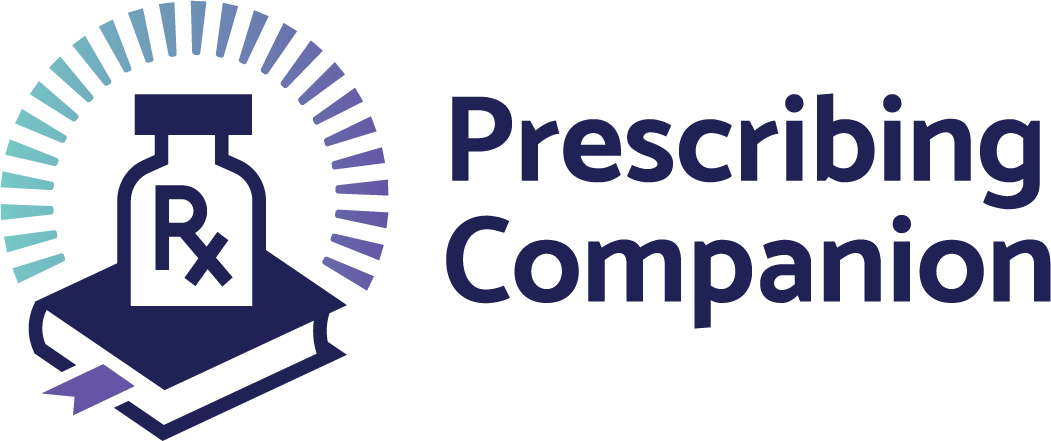Fungal Infections
exp date isn't null, but text field is
Candidiasis ICD10 CODE: B37Fungal infection usually confined to the mucous membranes and external layers of skin. Severe forms are usually associated with immunosuppressive conditions, such as HIV/AIDS, diabetes, pregnancy, cancer, prolonged antibiotic use, and steroids.
Causes
- Candida albicans, transmitted by direct contact
Clinical features
It may present as:
- Oral thrush
- Intertrigo (between skin folds)
- Vulvo vaginitis and abnormal vaginal discharge (vaginal candida is not a sexually transmitted disease)
- Chronic paronychia (inflammation involving the proximal and lateral fingernail folds)
- Gastrointestinal candidiasis may present with pain on swallowing, vomiting, diarrhoea, epigastric and retrosternal pain
Investigations
- Diagnosis is mainly clinical
- In case of vaginitis, sample collection –a high vaginal swab (protected by a speculum), pH, KOH , wet preparation and Gram stain, C&S
- Smear examination with potassium hydroxide (KOH)
Management
| Treatment | LOC |
|
Oral candidiasis
|
HC3 HC2 |
|
Oropharyngeal candidiasis
|
HC3 |
|
Vaginal
Note: Fluconazole is associated with spontaneous abortions and congenital anomalies and should be avoided in pregnancy |
HC2 |
|
Chronic paronychia
If not responding
|
HC3 HC4 |
|
Intertrigo
|
HC3 |
Prevention
- Early detection and treatment
- Improve personal hygiene
- Avoid unnecessary antibiotics
